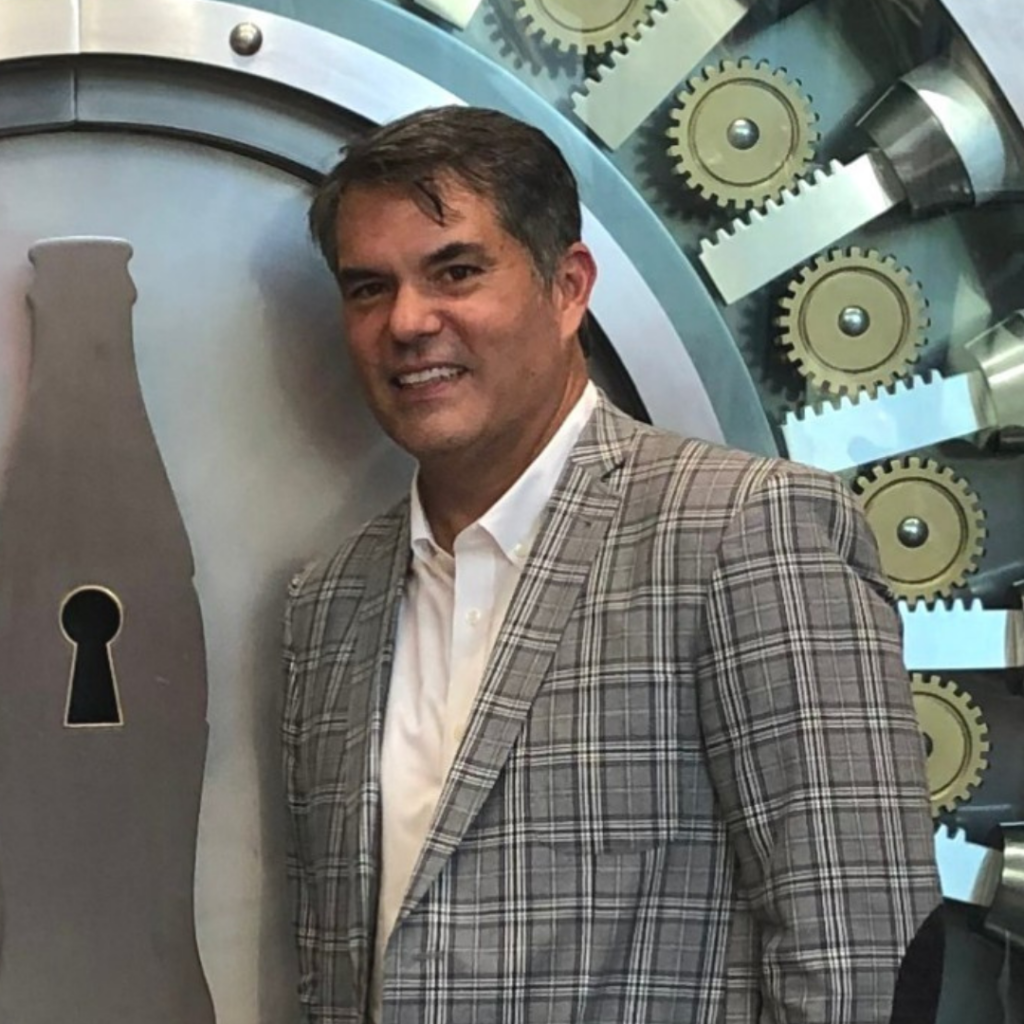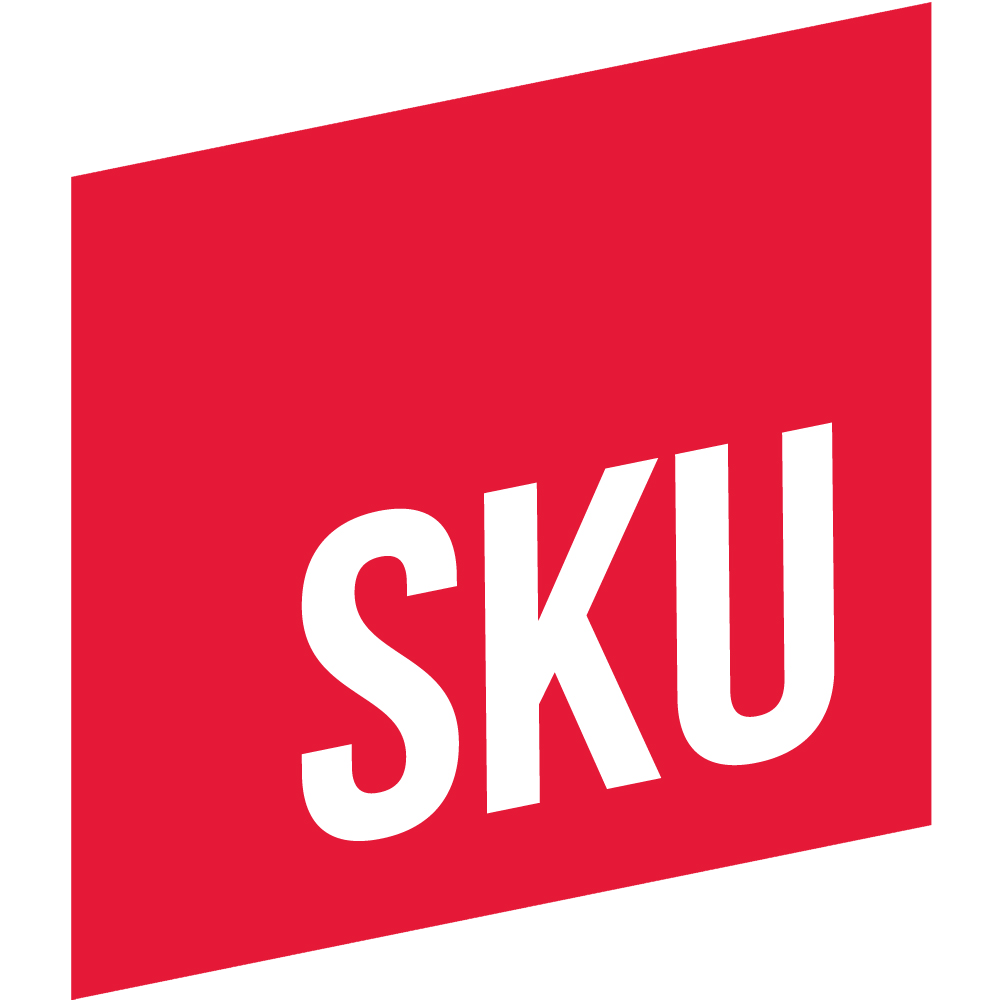
The CPG industry has experienced a material shift in recent years, with small explorer and challenger brands outpacing many large legacy brands. SKU Fall ’24 mentor Barry Thomas, Senior Global Thought Leader for Kantar Consulting, provides insights some of the key ways that emerging brands can drive growth – from focusing on niche markets to embracing social platforms.
The annual “Growth Leaders” report from IRI and Boston Consulting Group (BCG), which spotlights top-performing CPG companies, underscores the rise of these small brands. The report found that extra small brands (less than $100 million in sales) and small brands ($100 or more in sales) gained approximately four sales dollar share points from 2018 to 2022, going from a 20.4 share in 2018 to 24.6 in 2022. Meanwhile, large brands (greater than $6 billion in sales) lost approximately 3.7 share points over that same period.
How are these small brands able to drive above-average industry sales growth? By targeting niche markets, utilizing digital platforms, and launching sustainability innovations. Let’s review each of these factors in more detail.
Focusing on Niche Markets and Unique Products

Smaller CPG brands often thrive by targeting specific niche markets and offering unique, innovative products that cater to these audiences.
A case in point is Waterdrop, a new “micro drink” brand tapping into the flavored hydration trend without adding more bottles or cans to the environment. The Austrian brand’s offering is as minimalist as possible: a chicklet-size cube that flavors water, rather than a ready-made drink in a bottle. The brand eliminates 98% of the unnecessary packaging materials that go into typical beverage products.
The all-natural dissolvable tablets have no calories and contain real fruit and plant extracts. The brand’s unique flavors include peach ginger ginseng aloe vera and lime acerola green coffee. The small cubes, often sold as 20 packs, slide down any size beverage container.
This startup has gone from zero to $100 million in revenue across 12 countries in 5 years and now plans a more aggressive US ramp-up after raising $70 million in a series B round.
Embracing Social Platforms and Influencers to Grow
Scrub Daddy is known for its bright yellow smiley-face sponges. In just over a year, the brand’s marketing team has turned Scrub Daddy into one of the most successful brands on TikTok, amassing over 1.8 million followers and 38 million likes across all the brand’s videos.

The biggest contributor to Scrub Daddy’s incredible growth on TikTok has been the brand’s consistent focus on producing “self-aware” content that plays up the fact that its videos are clearly advertisements and embraces Gen Z’s absurdist sense of humor.
The brand also collaborates with many popular influencers in the CleanTok space to help spread awareness about Scrub Daddy products. The brand currently partners with 19 influencers with whom it contracts monthly to drive brand love, brand value, or transactions.
Scrub Daddy’s estimated 2023 revenue is $209 million. Since the company appeared on the popular “Shark Tank” show, its sales have shot up, accelerated by its successful social media marketing.
Prioritizing Sustainability and Ethical Brands
Shoppers today are more aware of the environmental and ethical implications of the brands they purchase. Small CPG brands that prioritize sustainable and ethical production methods have an advantage in attracting these conscientious consumers.

One such brand is Grove Collaborative, a home and personal care brand whose goal is to reduce the environmental impact of brands while still providing shoppers with high-quality products.
Grove Collaborative is about loving its shoppers and hating plastic. The brand has been aggressive in pursing its goal to sell only plastics-free products by 2025. It has launched a plastics-free body and hair care line called Peach. It also sells laundry detergent sheets designed to dissolve completely in the washer and portable hand soap sheets to eliminate single-use bottles. Grove’s website also sells third-party brands like Method and Seventh Generation, which it vets as sustainable and ethically sourced.
The enterprise has grown significantly over the past few years, generating $321 million in revenue in 2022. It landed at No. 45 on Fast Company’s list of the World’s 50 Most Innovative Companies of 2022.
The IRI and BCG data shows that smaller CPG brands are winning and taking industry share. We also know that micro brands are especially agile and known for fast innovation, commercialization, brand purpose, highly distinctive marketing, and direct-to-consumer sales.
While big legacy brands clearly still dominate the market, small CPG brands are proving they can compete, win, and take share.

Barry Thomas is one of Kantar’s foremost global commerce experts with a distinguished history of serving customers, partners, and people throughout his more than 35 years in the retail, food service, and FMC industries. Also, Thomas co-hosts the top 10
retail podcast – Kantar Retail Sound Bites covering FMCG, brand and commerce topics.
His 25-year career with The Coca-Company featured landmark achievements in the areas of customer leadership, customer marketing, ecommerce,
innovation, consumer insights, category management, and future strategies. Before joining the Coca-Cola system, Thomas worked for Pfizer for seven years in commercial, customer, marketing, and insights roles.

